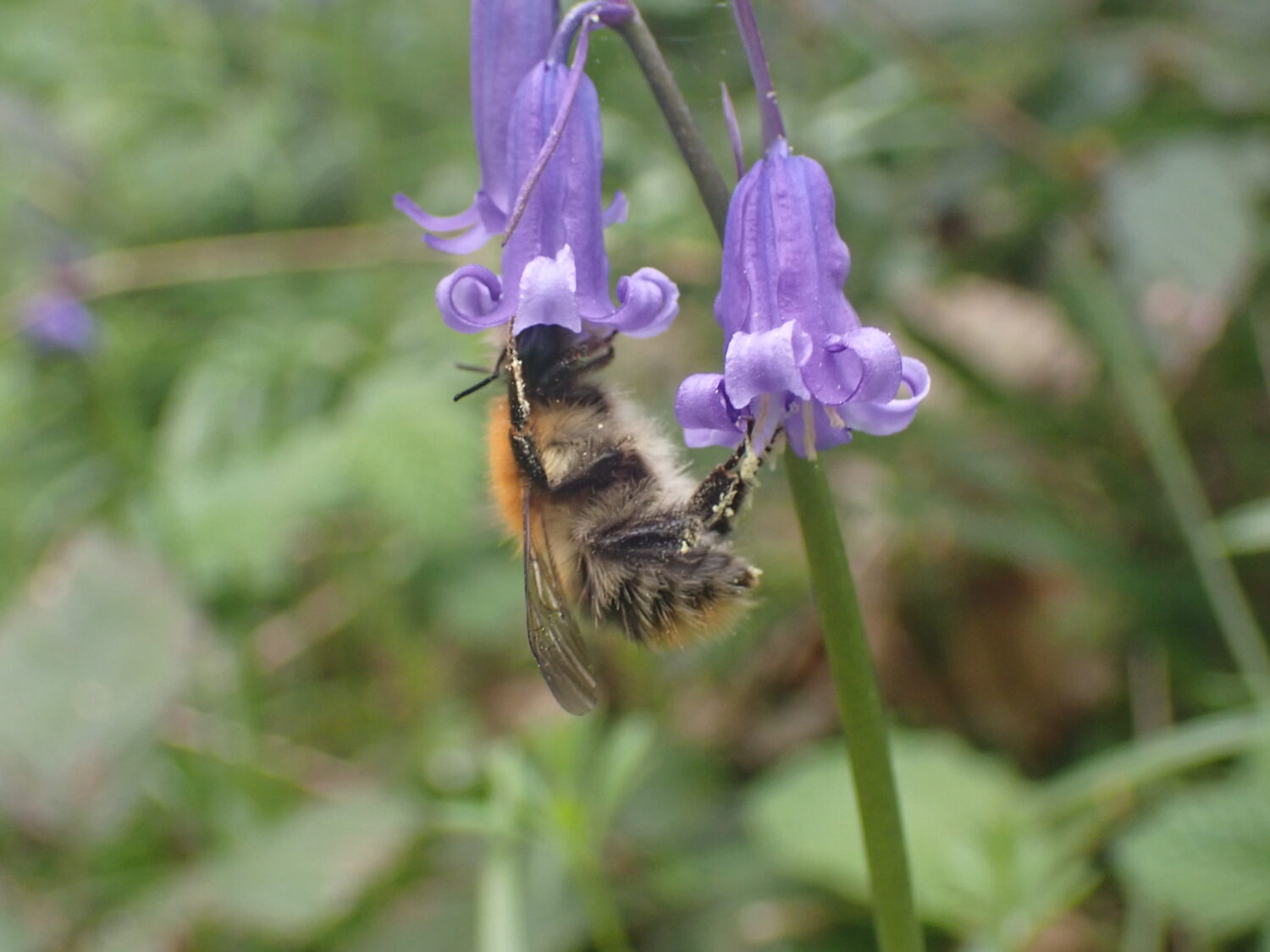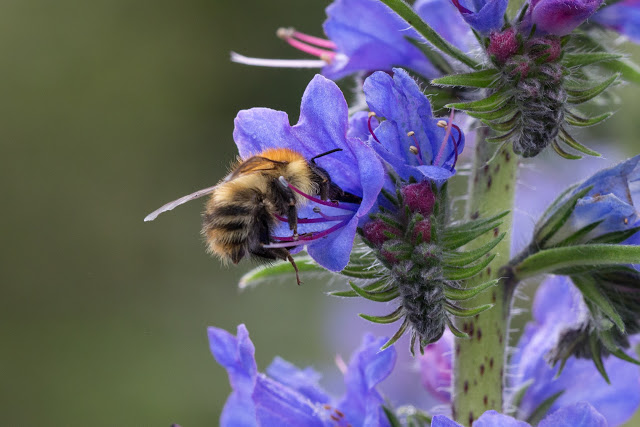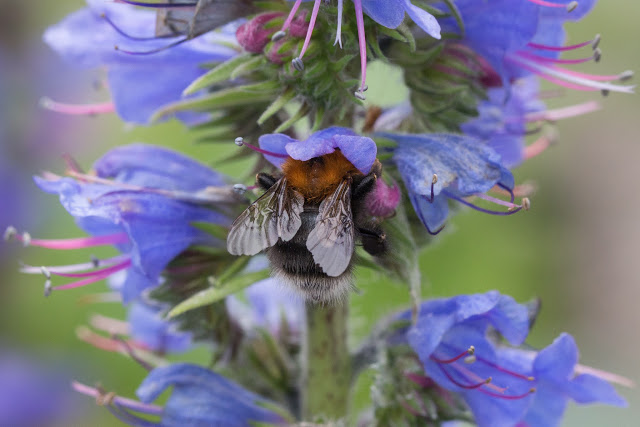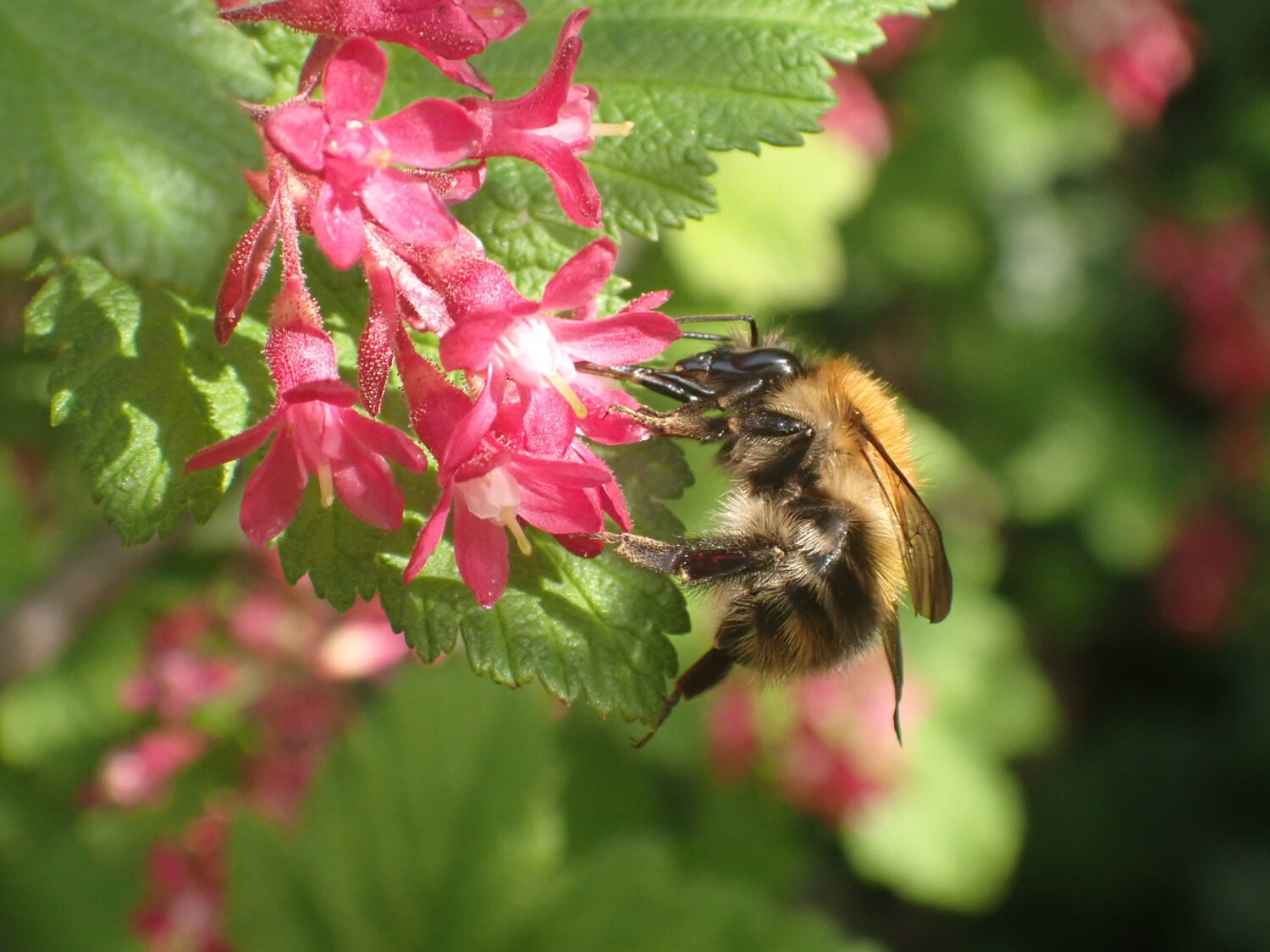A gingery bumblebee, the Common Carder is a distinctive and widespread bee.
Fast facts
- Common name
- Common Carder Bee
- Scientific name
- Bombus pascuorum
- Bee group
- A species of bumblebee
- When to see it
- March – October
Description
A gingery bumblebee, the Common Carder is a long-tongued bee that nests in tussocky grass.
Identification
Common Carders are gingery bumblebees with variable amounts of black hair. Some individuals are pale, while others can have extensive black hairs on the abdomen. This bumblebee has a longer face and tongue, so visits plants with tubular flowers. Queens, workers and males all look similar.
Ecology
Ground nesting, this bumblebee nests within grassy tussocks. A long-tongued bee, you’ll find this bee on deeper flowered plants such as Bluebell and Comfrey. It has a long flight period, from March through to October, and is likely one of the last bumblebees you’ll see in the year.
Similar species
Due to the ginger top and often dark abdomen, this species can be confused with the Tree Bumblebee from some angles. However, Common Carders do not have a white tail.
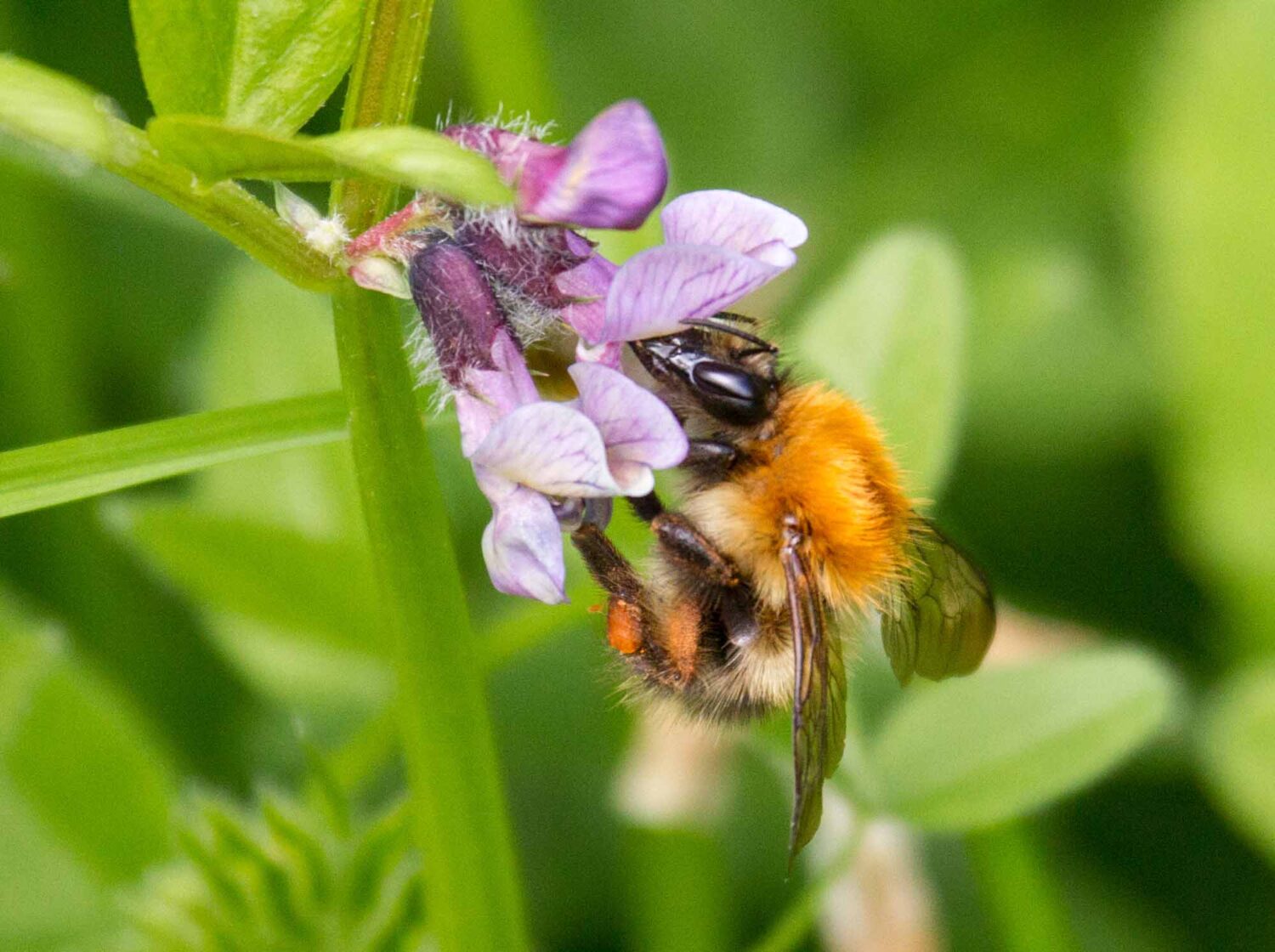
Spotted this bee?
Share your sighting to the North East Bee Hunt and contribute to the conservation and study of our region’s bees.
Regional distribution
A widespread bumblebee found in a wide variety of habitats, the Common Carder is one of the most common bumblebees in the North East. Nationally, it is considered the commonest bumblebee.
